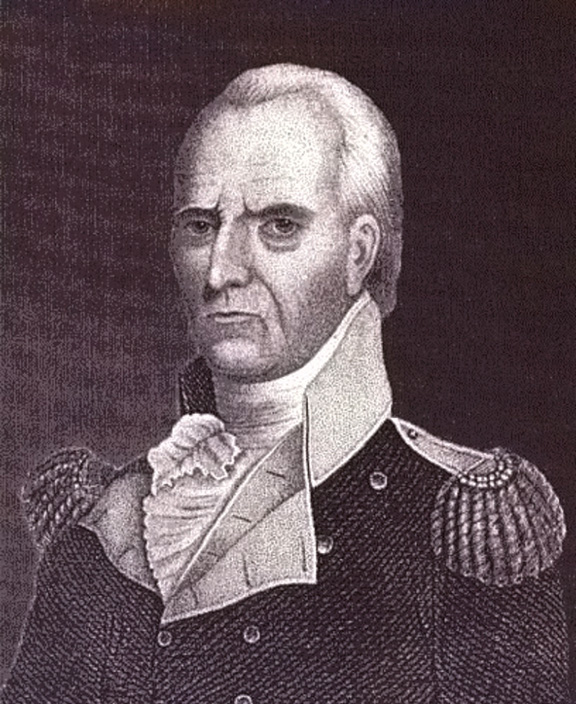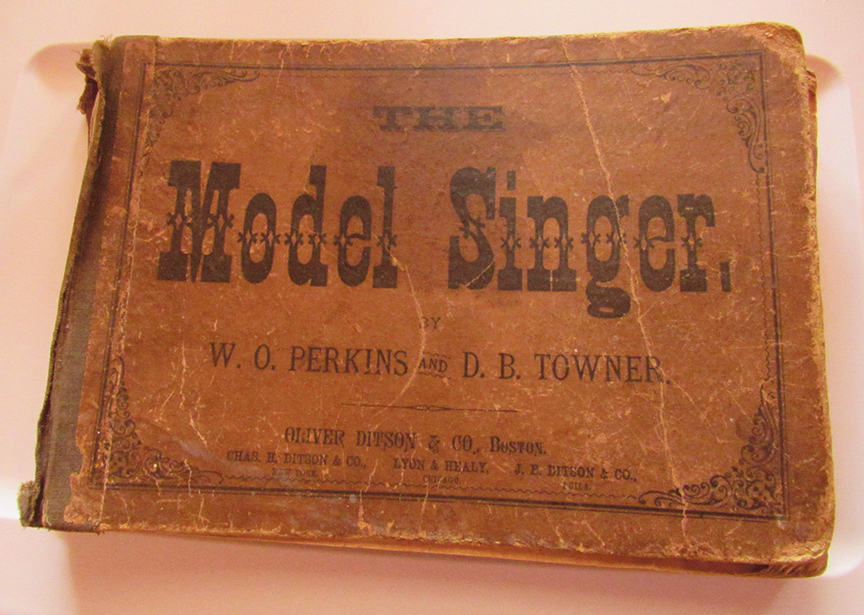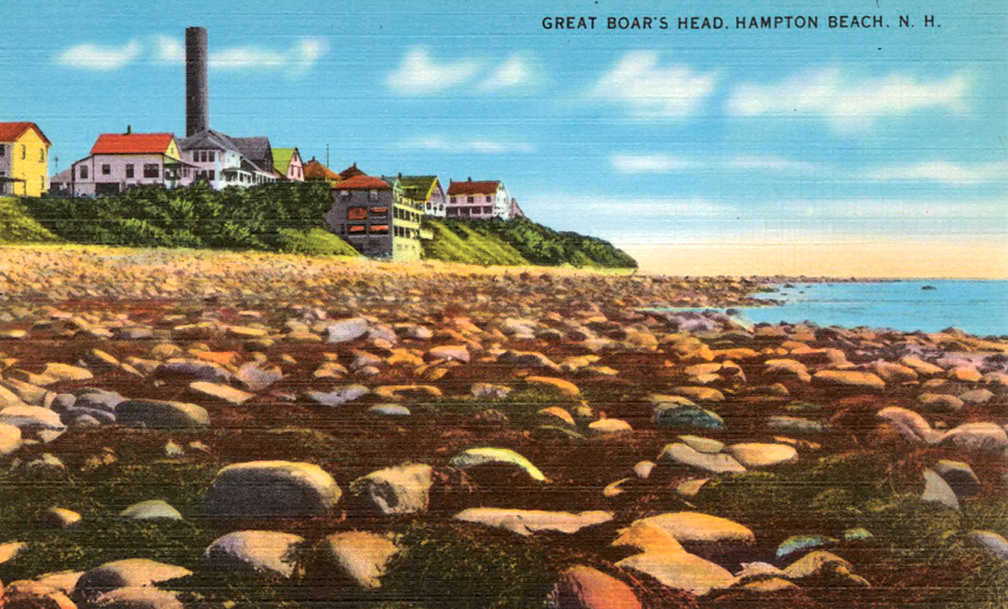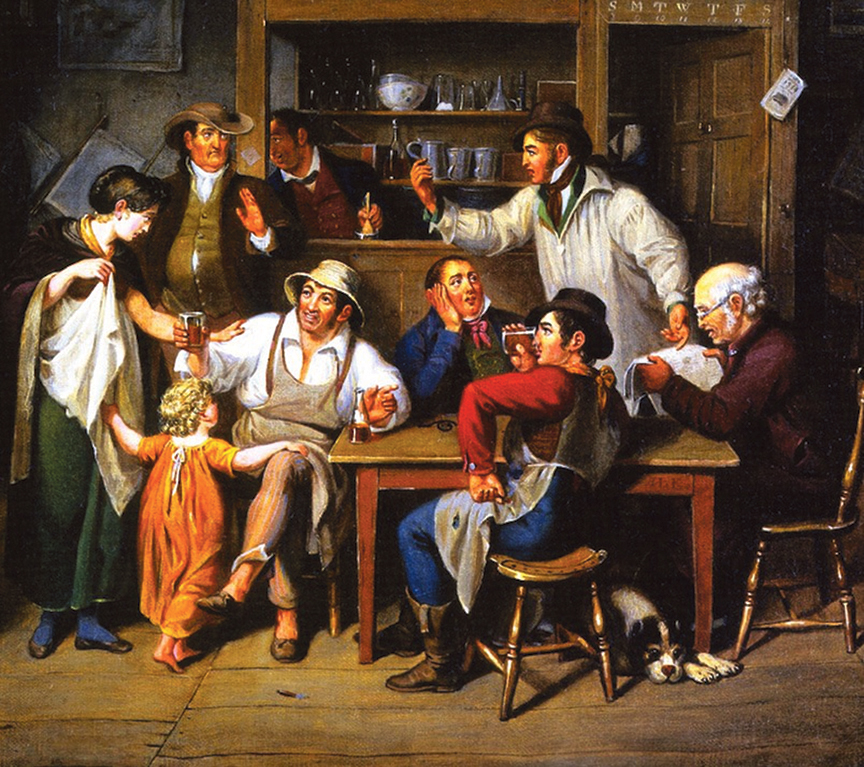General Stark Defended Fort William Henry -A St. Patrick’s Day Defense



by Robert Hanaford Smith, Sr.
Weirs Times Contributing Writer
Fort William Henry was built by the English at the southern end of Lake George in New York State during the French and Indian War. The French had a fort at the other end of the Lake and at that time there was a struggle to gain control of Canada by the two countries from across the ocean.
Among those stationed at the fort which was built in 1755, or during the Colonial period in America, were companies from New Hampshire’s Robert’s Rangers. One of those companies was led by Derryfield (later Manchester), New Hampshire’s John Stark.
Stark was one of our state’s military heroes who lived his entire life as a New Hampshire resident and who, when not serving in the military, was a farmer. He is probably best known for his heroics at the battle of Bennington during the Revolutionary War, but previously had served with valor during the French and Indian War. Roger’s Rangers were mainly involved in scouting expeditions and carrying out raids in Vermont and New York State.

John Stark had been promoted from First Lieutenant to Captain in the year 1757 and was at Fort William Henry on Saint Patrick’s Day of that year.
There were many Irishmen among the soldiers and Stark overheard the men talking about their plans to celebrate St. Patrick’s Day and was concerned that the French might suspect they would be celebrating and plan an attack. Other commanders were complying with the requests of their soldiers to make rum available to them on that special day,but the rules were that rum could not be made available except by written permission from the company commanders. Stark reportedly told those in his company that he could not write because of a strained wrist, thus withholding the strong drink from them, a wartime strategy that St. Patrick would no doubt have applauded.

That night, while many of the soldiers at Fort William Henry were unable to fight, being numbed by rum, the enemy, French and Indian fighters, did attack as Stark suspected they would. He and the men under his command, who were sober, were able to protect the fort from capture. Later in the year a better known but disastrous event occurred in which the fort was captured and destroyed.
John Stark’s parents were part of a group of Scotch-Irish immigrants that settled in Nutfield (now Londonderry), New Hampshire. Stark was born there on August 28, 1728, but the family moved to Derryfield when John was eight years old.
Remember that much of New Hampshire was still wilderness in those days and many children, including John Stark, had little formal schooling, and spent much of their time working on the farms that were being cleared in the forests. Young John did learn to hunt and fish and when he was twenty-four years old he and three companions, including his older brother, went on a hunting and trapping trip along the Baker River in the area of what is now Rumney, New Hampshire.
They began their trip in the month of March and established a campsite along the river and stayed in the area until the end of April when they realized that there were Indians in the area and decided to pack up and head home.
They had been successful in accumulating a good amount of fur pelts during their weeks in the area and John was given the task of collecting the traps in preparation for their departure and was thus separated from his companions.
It was said to have been near nightfall when he was captured by a band of ten Abenaki Indians. They, somehow knowing that he was not alone, demanded that he lead them to his friends. Instead of doing that, he began to lead the Indians in the opposite direction, but his companions, not knowing that he had been captured, signaled for him to return to their camp by firing their guns into the air, revealing their location to the Indians.
The details of what followed may differ a little depending on who is telling the story, but we know that the Indians went towards the camp of the white men with the objective of capturing them. Amos Eastman was captured, David Stinson was shot to death, and William Stark alone escaped and returned home. Eastman and Stark were taken to an Indian village in Canada where they learned much about the Indians’ way of life including their battle strategies.
When I was a boy we engaged in an activity which we made a game of that was called running the gauntlet. I don’t think I realized that this derived from an activity used by the native Americans in regards to captured subjects. John Stark and Amos Eastman were forced after their capture to run the gauntlet. Young Indians armed with wooden clubs or switches lined up opposite each other in two long rows and the captives were forced to run one at a time in a straight line between the Indian men who would swing at them with their weapons.
Amos Eastman was reported to have suffered a severe beating on his run, but Stark violently swung a wooden pole (some say that it was one he grabbed from the first Indian in line) which caused the Indian men to recoil and kept Stark from but little injury. The old men laughed at the goings on and, respecting the bravery of Stark, eventually treated him as one of the tribe. (During our childhood attempts at running the gauntlet slaps with an open hand were used to “punish” the gauntlet runner.)
While in the Indian village, Stark was asked to cultivate rows of corn by hoeing but is said that he pretended he didn’t know the corn from the weeds and hoed the corn and left the weeds standing. Then, exclaiming that he shouldn’t be hoeing corn because that was women’s work, he threw down his hoe, possibly into the river, and refused to continue. This, too, gained the admiration of the tribe leaders and he was no longer asked to do “women’s work” during his stay with the tribe. It was the custom of the tribe that the men were to be the hunters and warriors and all the work around the home was done by the women.
The two captured white men stayed with the Indians for a couple of months until they were ransomed by men from Massachusetts who visited the village to ransom two Massachusetts men. That State had a policy of paying ransom money to the Indians for its citizens. John Stark was ransomed for the equivalent of $103 with one report saying it was for an Indian pony that had been purchased for $103, while Eastman was set free for $60.
The State of New Hampshire was asked to reimburse the State of Massachusetts but didn’t do so, causing Stark to take matters into his own hands and repay the ransom money himself, going on another hunting trip to earn the money to do so. The military heroics that were to come later would make General Stark a favorite N.H. personality.
Robert Hanaford Smith, Sr., welcomes your comments at danahillsmiths@yahoo.com.



